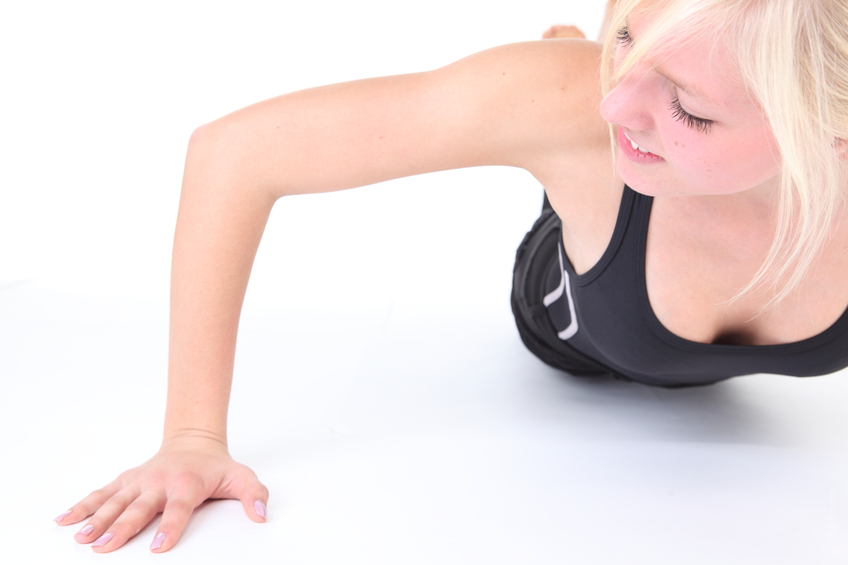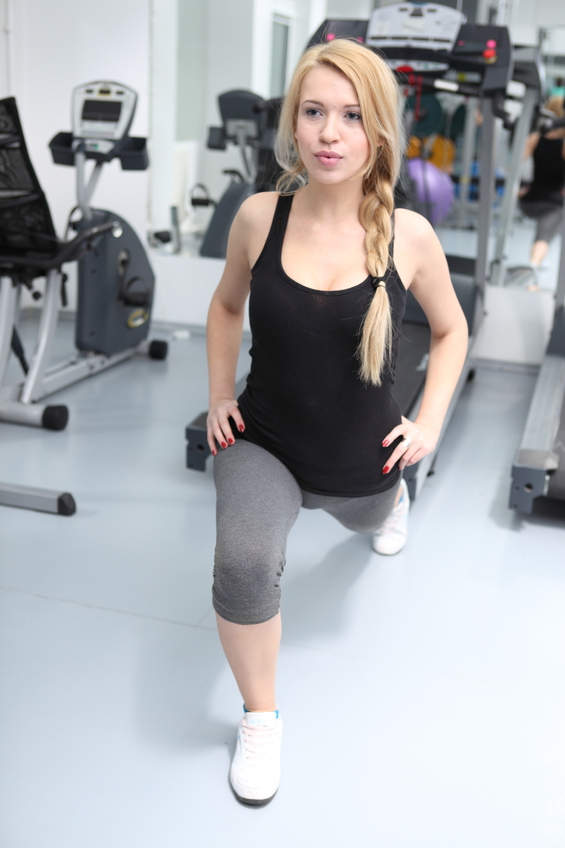Mediterranean Diet reduces Diabetes Risk
What is the Mediterranean diet? Well, it is one typically rich in pasta, bread, fruit, and vegetables, (high in fiber and low in trans fats) with moderate amounts of poultry and fish, using liberal amounts of virgin olive oil and a moderate amount of alcohol (specifically red wine). The Mediterranean diet is reputed to be among the healthiest in the world. Multiple research studies have shown that Mediterraneans suffer less heart disease than people from northern Europe.
cialis online
Nutrition experts believe that the typical Mediterranean diet reduces ‘bad’ or saturated fat and increasing the level of natural antioxidants such as vitamins C and E, significantly reducing the risk of heart attack. A landmark research study (prospective, cohort) showed a startlingly positive, strong correlation between adherence to the Mediterranean diet and a decreased risk of developing diabetes.
Mediterranean diet: research
This study involved over 13,000 graduates from the University of Navarra, Spain (with no history of diabetes), whose dietary habits and health were tracked over 8 years. Initially, participants completed a food frequency questionnaire designed to measure the entire diet, including questions on the use of fats and oils, cooking methods and dietary supplements.
stromectol
Every two years participants were sent follow-up questionnaires on diet, lifestyle, risk factors, and medical conditions. During the follow-up period the researchers from the University of Navarra found that participants who stuck closely to the diet had a lower risk of diabetes. A high adherence to the diet was associated with an 83% relative reduction in the risk of developing diabetes.
prednisone online
Adherence measures how closely the participant followed the Mediterranean diet guidelines using a numerical scale. On a ten-point scale (0-2 for low, 3-6 for medium and 7-9 for high Mediterranean diet adherence) researchers discovered that each 2 point increase on the adherence scale had a corresponding 35% reduction in diabetes risk! Benefits from consuming a diet rich in plant foods (including fat) and low in processed foods? Who would’ve thought?












